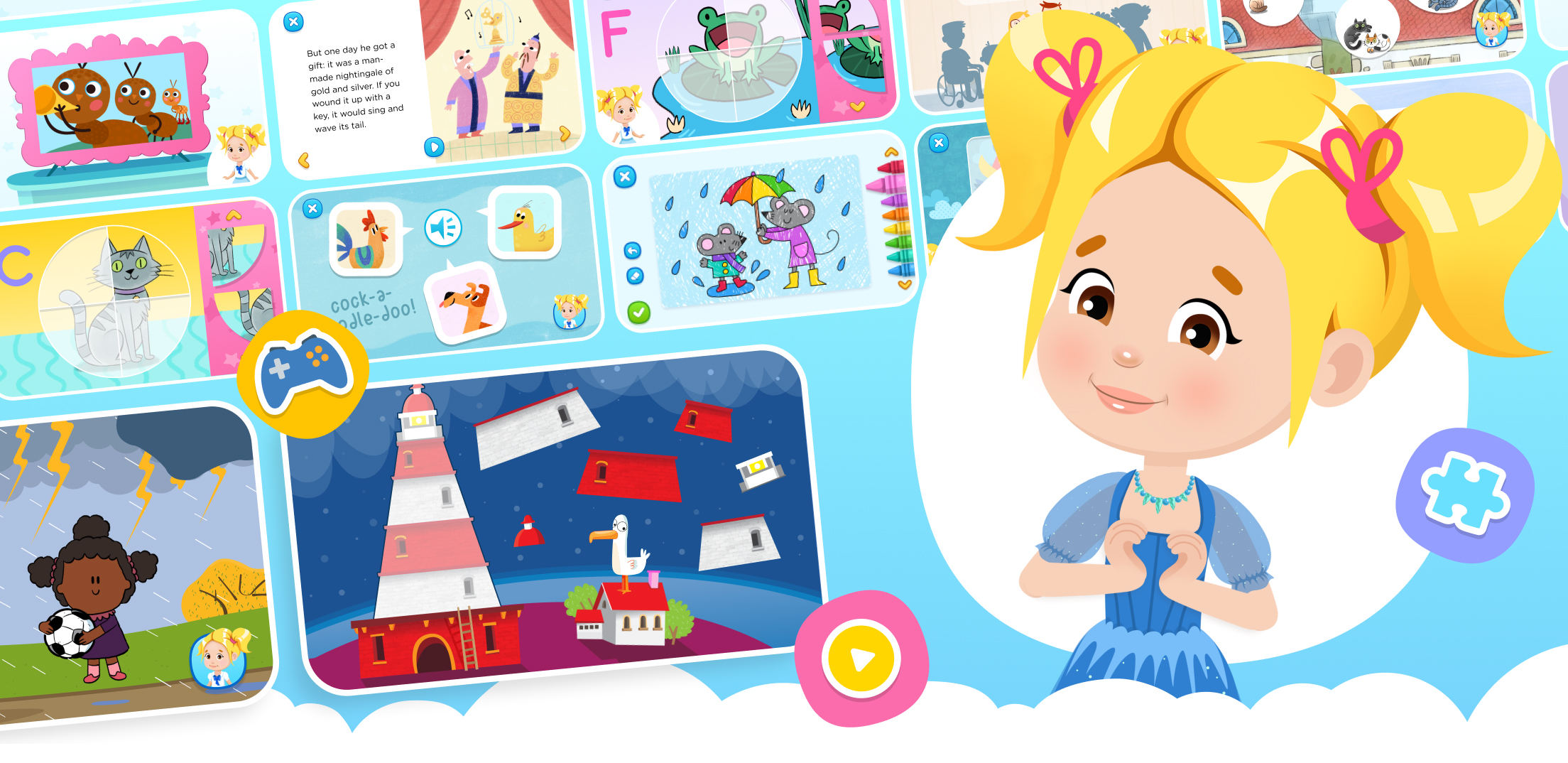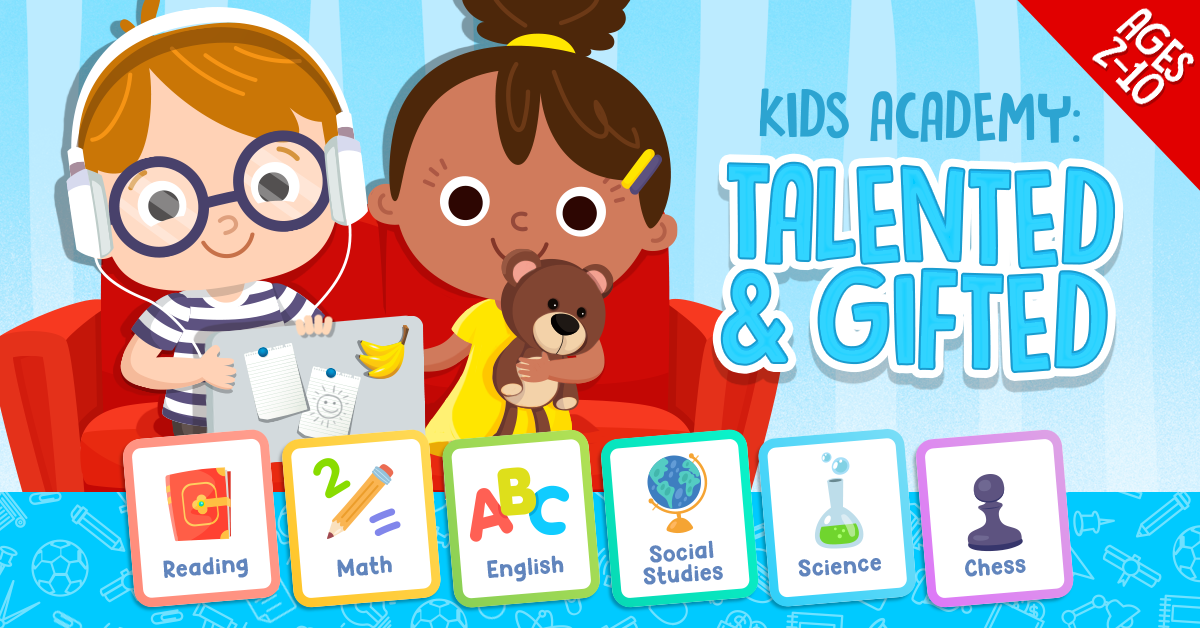Analytical skills Normal Reading Comprehension Worksheets for Ages 5-9
6 filtered results
-
From - To
Discover our comprehensive collection of Analytical Skills Normal Reading Comprehension Worksheets designed specifically for children aged 5-9. These engaging worksheets enhance critical thinking and analytical abilities, offering age-appropriate reading passages and questions that challenge young learners' comprehension and analytical reasoning. Each worksheet encourages students to make connections, draw conclusions, and understand context while fostering a love for reading. Our resources are thoughtfully crafted to support classroom learning and at-home practice, ensuring kids develop strong foundational skills essential for academic success. Equip your child with essential analytical skills today and unlock their reading potential with our fun and interactive worksheets!
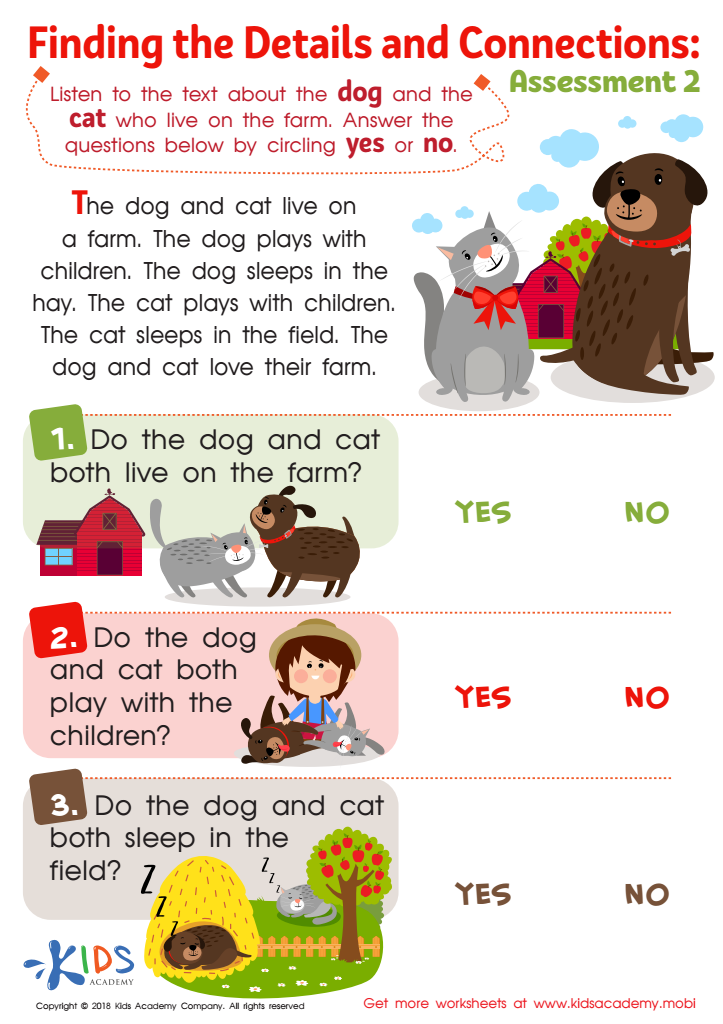

Finding the Details and Connections: Assessment 2 Worksheet
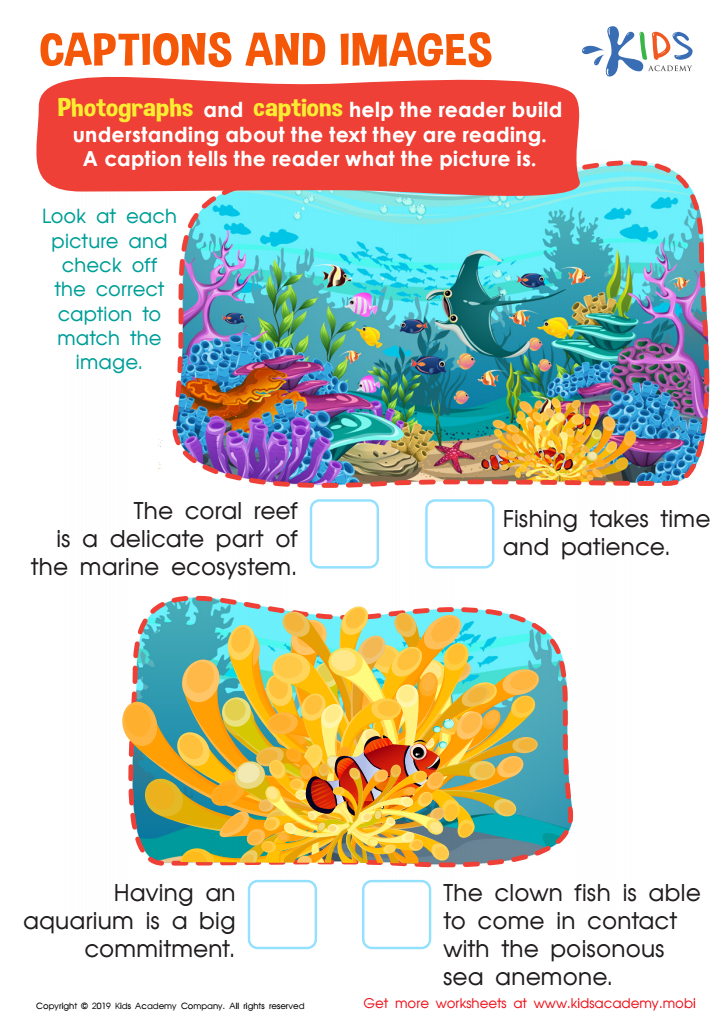

Captions and Images Worksheet
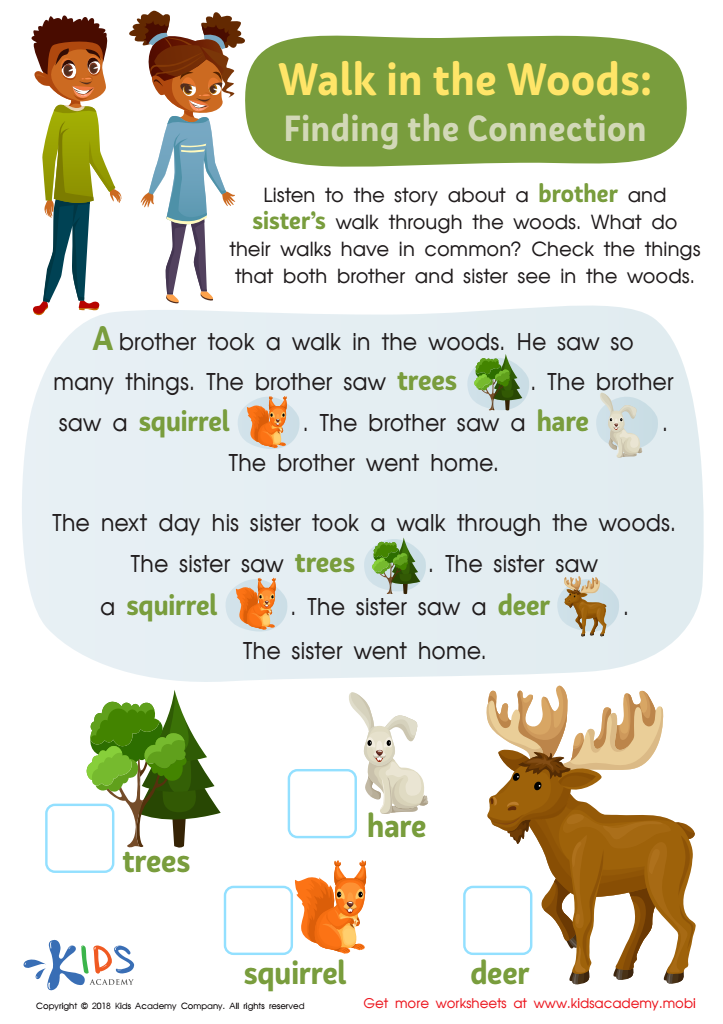

Walk In the Woods: Finding Connections Worksheet


Questions About Stories: Assessment 2 Worksheet
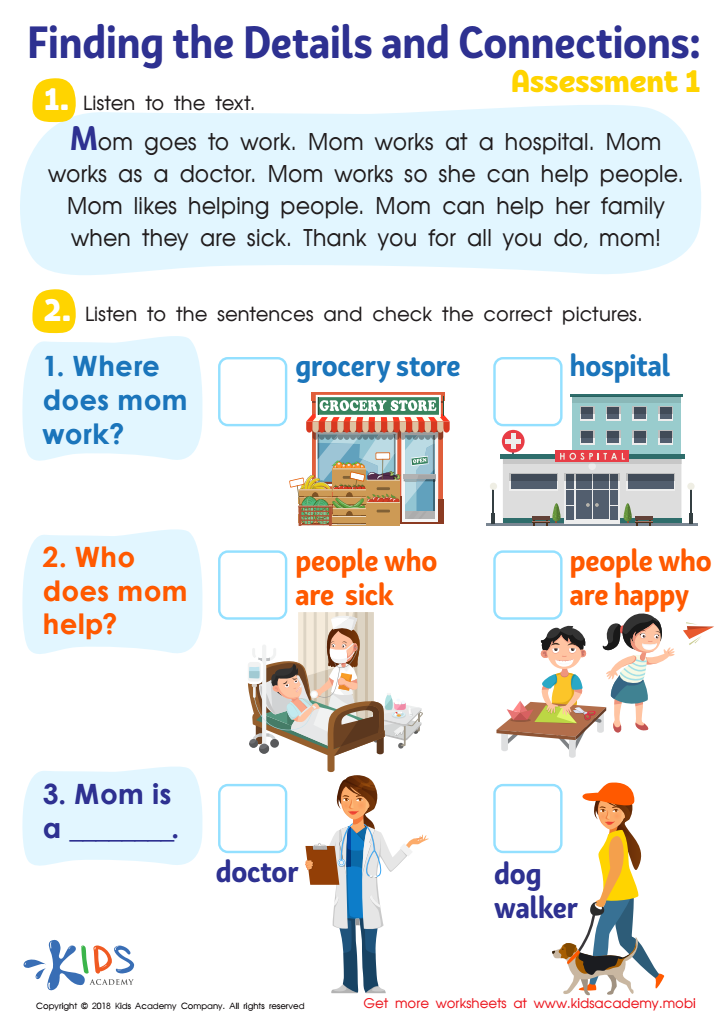

Finding the Details and Connections: Assessment 1 Worksheet
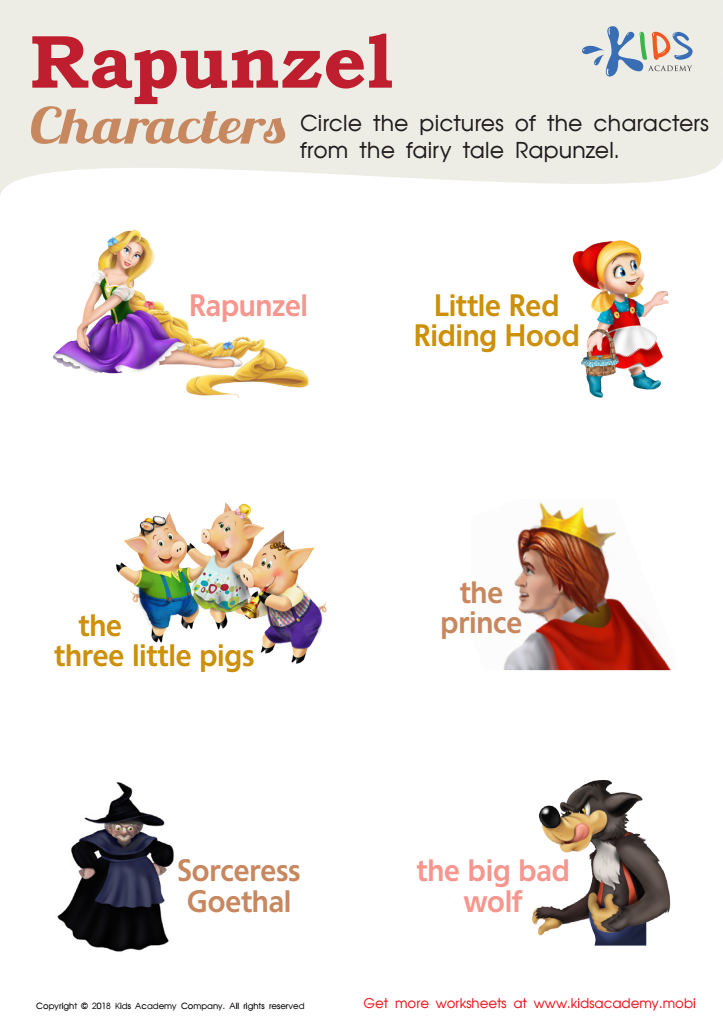

Rapunzel Characters Worksheet
Parents and teachers should prioritize analytical skills and reading comprehension for children ages 5-9 because these skills form the foundation for lifelong learning and critical thinking. At this age, children are developing essential cognitive abilities that enable them to process information, make connections, and solve problems. Strong analytical skills help children break down texts, understand the main ideas, and draw inferences from what they read.
Reading comprehension not only enhances vocabulary and language skills but also nurtures empathy and cultural awareness as children engage with diverse stories and viewpoints. When children can analyze and interpret texts effectively, they become more confident in their ability to communicate and express themselves.
Moreover, developing these skills early on prepares children for future academic challenges. In an increasingly complex world, it’s vital for young learners to assess information critically and discern facts from opinions. This is especially important in today’s digital age, where exposure to varied media requires discernment.
Parents and teachers can support this development through interactive reading practices, discussions about texts, and encouraging questions. By fostering strong analytical and reading comprehension skills early, adults equip children with the tools necessary for success in school and meaningful engagement in the world around them.
 Assign to My Students
Assign to My Students





